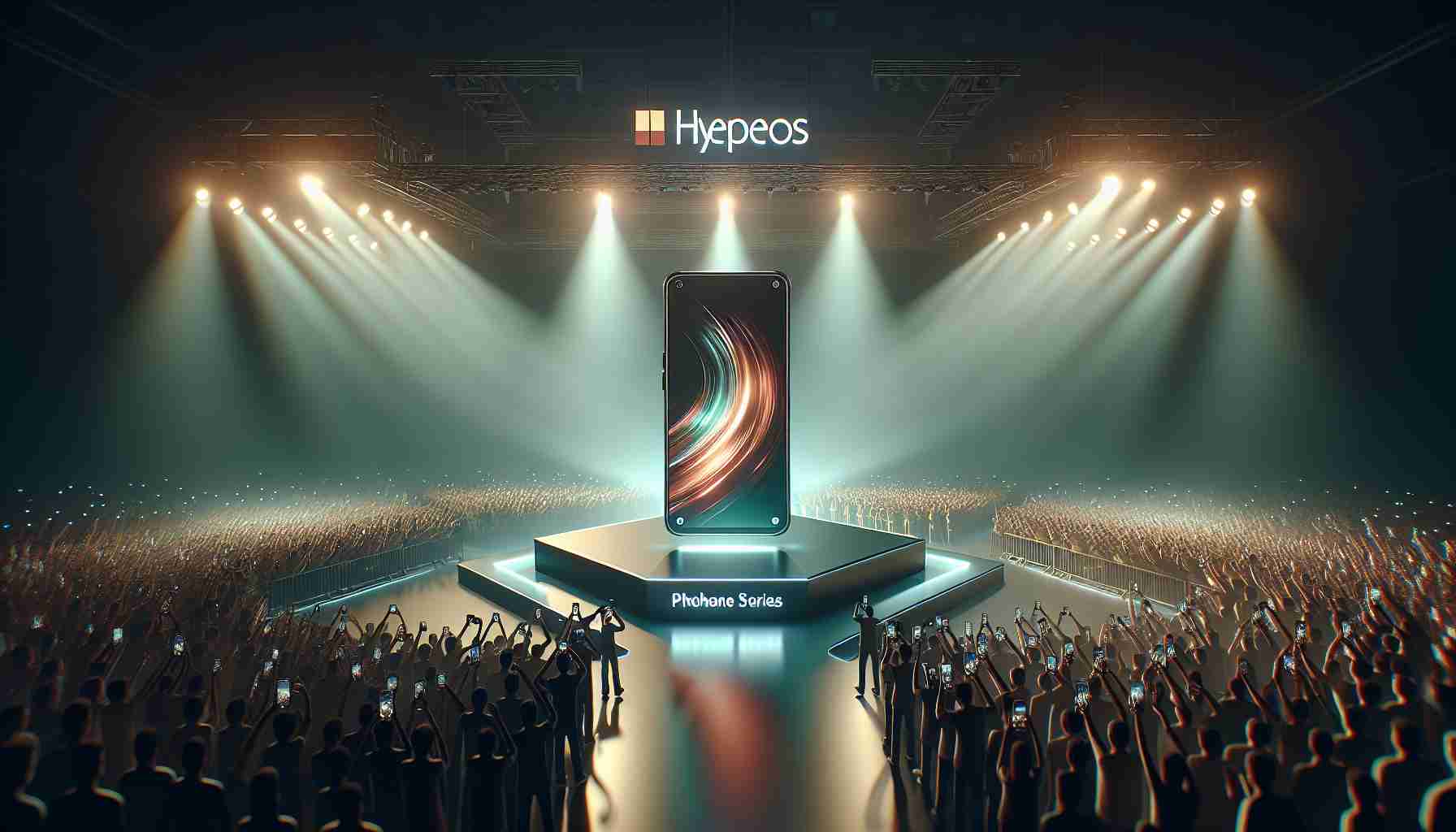Revamped User Interface Heralds New Era for Redmi Smartphones
Xiaomi India has taken a significant step to enhance the user interface of its Redmi smartphones by introducing HyperOS, an exclusive Android skin. The Redmi Note 13 5G series, including its standard, Pro, and Pro+ models, are the first to receive this upgrade. These enhancements are poised to boost the smartphones’ performance and enrich user features.
Presented at the beginning of the year, the Redmi Note 13 has swiftly received the latest software updates, signaling Xiaomi’s commitment to rapid innovation. These updates have arrived soon after Xiaomi disclosed its future deployment plans on an external platform.
Competitive Pricing Accompanies Technological Upgrades
The debut of HyperOS coincides with competitive pricing of the Redmi Note 13 series. The apex Pro+ model, flaunting 8GB of RAM and 256GB storage, is on offer for Rs 31,999. The 128GB-capable Pro variant is pegged at Rs 25,999, while the base version is available for Rs 17,999.
Innovative Features of HyperOS
HyperOS comes with a redesigned interface that captivates with its color palettes derived from the essence of life. Xiaomi introduces Mi Sans, a versatile font that supports numerous languages and writing systems, reflecting a global perspective. The custom Android skin also includes enhanced personalization capabilities for lock screens and system applications refined for a visually soothing experience.
The new HomeScreen+ feature empowers users to stream their device’s screen for an amplified viewing experience. A novel split-screen function, activated with a simple long press, enables multitasking on the Redmi Note 13 5G series by displaying multiple apps side by side or floating over other content. To complete the productivity suite, file management and notifications have undergone comprehensive overhauls, incorporating design elements familiar to iPhone users.
Certainly, when evaluating Xiaomi’s new HyperOS featured on the Redmi Note 13 series, it’s helpful to draw on additional knowledge surrounding Xiaomi’s strategies and the competitive landscape of smartphone operating systems.
Importance of Software Updates and Manufacturer Support
Xiaomi’s rapid integration of HyperOS updates into the Redmi Note 13 series underscores the importance of continuous software improvements in sustaining customer support and satisfaction. User interface (UI) optimizations and security patches are integral to maintaining a viable smartphone ecosystem.
Key Questions and Answers:
– How does HyperOS compare to other Android skins? HyperOS stands as Xiaomi’s attempt to differentiate its user experience by offering a customized interface and additional functionalities, similar to how other manufacturers customize Android with their skins, such as Samsung’s One UI and OnePlus’s OxygenOS.
– Will HyperOS be exclusive to the Redmi Note 13 series? Initial launches of new software are often limited; however, it’s likely that Xiaomi will expand the availability of HyperOS to other devices within its portfolio after the initial Redmi Note 13 series.
Challenges and Controversies:
Creating a new OS layer on top of Android can lead to challenges such as increased system resource usage potentially affecting performance and battery life. Moreover, it can lead to controversies if users perceive the skin as bloatware or as detracting from the pure Android experience.
Advantages:
– Enhanced user personalization and features can aid in user retention and device satisfaction.
– Specialized design elements like Mi Sans font can attract a global audience and enhance readability/legibility across languages.
Disadvantages:
– With every new layer of software, there’s a risk of introducing new bugs and stability issues.
– Additional software may result in delayed future Android updates as each layer needs to be adapted and tested for compatibility.
– There is a potential risk of fragmenting the user experience if Xiaomi introduces too many versions of its UI for different devices.
For those interested in exploring more about Xiaomi and its ecosystem of products, the main company website can be visited via the following link: mi.com.
Please note that the link provided is subject to change and should be verified for accuracy.
The source of the article is from the blog radiohotmusic.it
